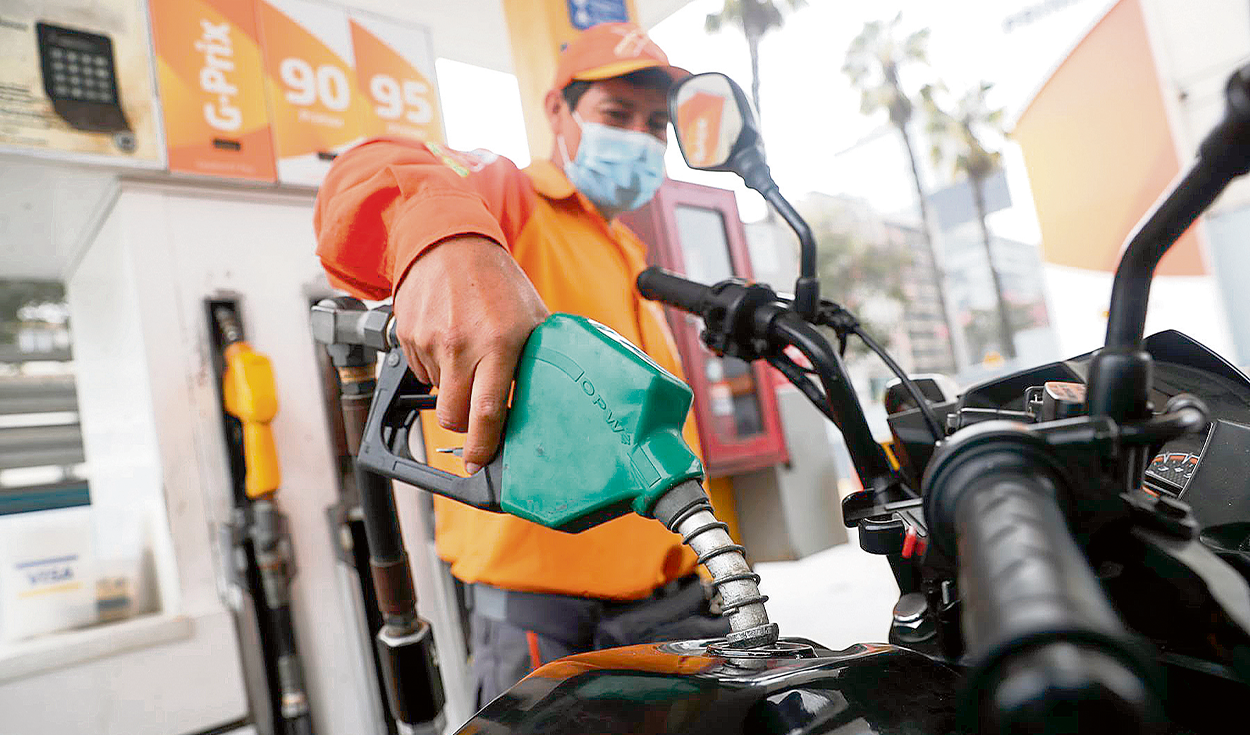
As part of the policies to reduce environmental pollution generated by the vehicle fleet, the Peruvian Government – under the management of Francisco Sagasti – committed to applying the Euro 6 criteria from the first quarter of this year, however, the Dina regime Boluarte has put its entry into force in October 2025.
Currently, Peru applies the Euro 4 criterion, which establishes that diesel, gasoline and gasohols must have less than 50 parts per million (ppm) of sulfur. Neighbors like Chile are already in Euro 6 and in the old continent they are on their way to Euro 7.
Through DS No. 003-2024-EM, the Executive established the mandatory use and trade of fuels with up to 10 ppm of sulfur: it will apply to B5 diesel, gasoline and regular gasoholes at the national level, except in the departments of Loreto. and Ucayali. Meanwhile, for premium gasoline and gasoholes, it will apply to the entire country.
Anti-technical inconsistency
Hydrocarbons specialist Ricardo Bisso Fernández points out that the postponement responds more to a political decision than a technical one and questions the Government’s inaction to enforce the regulations that ensure the improvement of the environment and health.
Bisso recalls that, since 2009, the amount has been reduced to 50 ppm, considering that it was previously between 2,500 to 5,000 ppm. Still, he maintains that the extension is harmful to health and the environment.
“The MTC is not committed to controlling emissions. They should be more interested in modernizing the vehicle fleet. In addition, the Minsa has to measure the impact of this particulate matter and NOx (nitrogen oxides), and the Minem, the hydrocarbon investments, so that the refineries are not hit. (…) There are rules that do not concatenate, that have to be met and that last for years, knowing their ineffectiveness,” he commented to La República.
Why is the extension given?
According to the rule signed by the president, Dina Boluarte, and the heads of the Ministry of the Environment, Energy and Mines and Transportation and Communications, the new deadline is given by the socioeconomic and environmental crises, as well as war conflicts and global inflation, factors that diminish the national macroeconomic balance.
Furthermore, the evolution and development of refinery infrastructure and logistics gaps create potentially adverse scenarios in the context of energy security, which would violate equitable access, sustainable and resilient provision of essential services.
Erick García, former general director of Hydrocarbons, maintains that to date it would not have been possible to meet the deadlines stipulated due to the adaptations in the country’s refineries and the complementary actions necessary to maximize the use of less polluting fuels.
In his opinion, the coordination between the public and private sectors will be vital so that entities such as Osinergmin permanently report on the progress in the adjustments of the refineries because “they are not yet conditioned”, and the ministries involved must establish import reduction goals. of polluting fuels and implement scrapping programs with responsible goals.
The data
And Petroperu? Bisso explains that he will need fresh money to finish his plant at 10 ppm. Pampilla (Repsol) will need less because it already produces elemental sulfur.
Will they cost more? The private sector will transfer the cost of the change to Euro 6 to the client, and the State will cover it, according to Bisso.
Source: Larepublica
Alia is a professional author and journalist, working at 247 news agency. She writes on various topics from economy news to general interest pieces, providing readers with relevant and informative content. With years of experience, she brings a unique perspective and in-depth analysis to her work.












